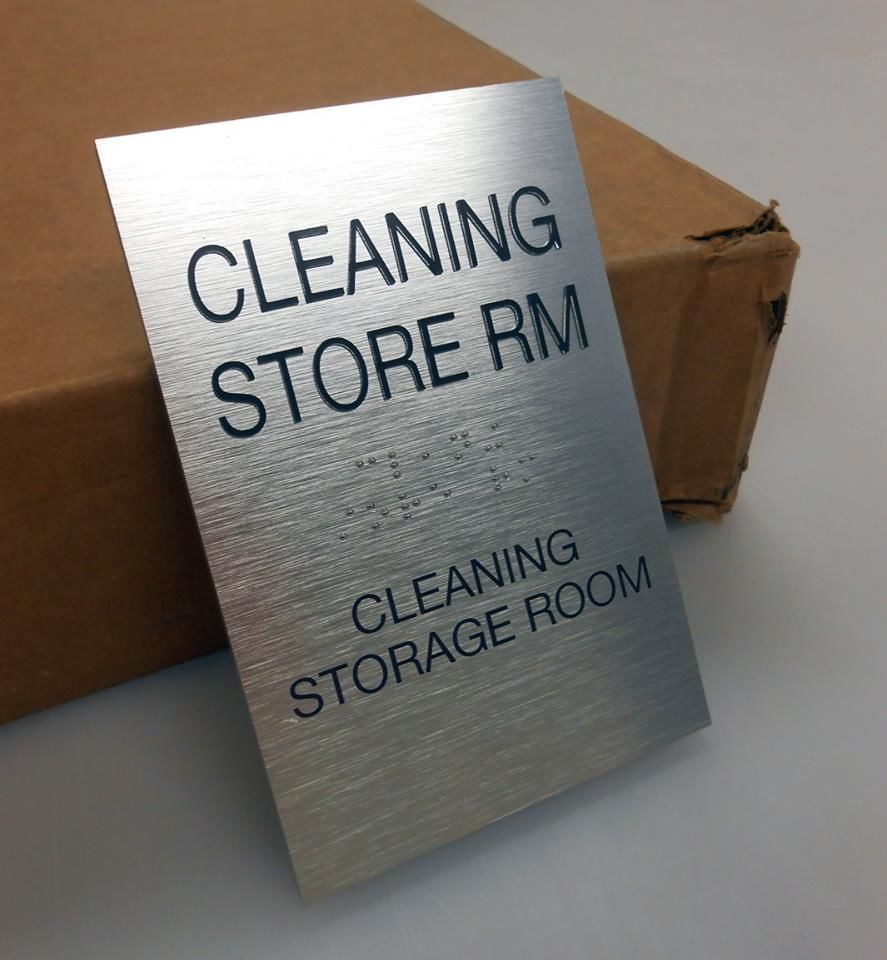
Indoor signs
7/19/2024
The Americans with Disabilities Act (ADA), the federal law that protects Americans with disabilities from discriminatory practices, requires signs to be placed in certain areas in an office or retail space. Requirements may vary from adding visual characters to large text to Braille or pictures that indicate rooms, directions and more. For example, a woman or man might be added to bathroom doors to show the bathroom gender.
So, what components compose an ADA sign? Here are the requirements:
To ensure that signs are readable, they must have a good contrast between foreground and background items. The recommended amount of contrast is typically 70%. Glare is also a problem. If the sign has a lot of glare or reflection, it makes it harder to read. To reduce glare, use a non-glare finish like eggshell or matte.
Tactile letters or Braille characters can be read by touching them. This is required for anyone who has low vision or is blind.
Each character should have plenty of space between letters or words. On average, spacing should be between 1/8 inch and 1/16 inch. Letters should also be between 5/8 inch and 2 inches. This ensures that they’re large enough to read, especially if they’re higher up on a wall. You should also use an ADA-compliant font, especially sans serif fonts. These fonts include Helvetica and Verdana. You should avoid using any italics or other stylized fonts.
Adding images to signs can make them easier to read. These should only be universally accepted images like a wheelchair to indicate handicap or a right arrow to signify directions.
Tactile signs should be 48 inches from the floor, with the highest characters being no more than 60 inches from the floor. You should only use uppercase for signs. The signs should also have a stroke thickness of 15% of the character height.
All ADA-required signs should be located near the rooms that are pertinent to the sign. This helps people with disabilities determine what’s in the room or to where it leads.
Need help creating your ADA-compliant signs? Contact the specialists at Image360 to get your project started or to get a quote.